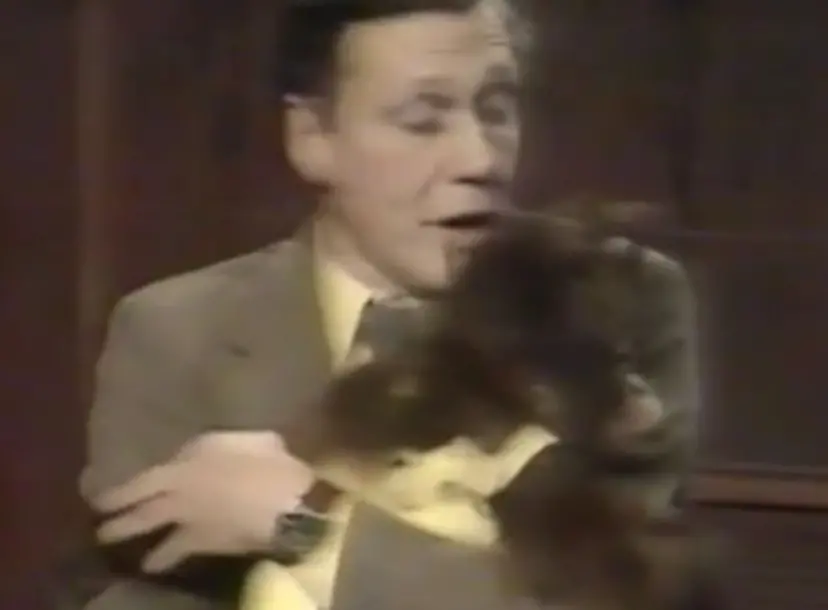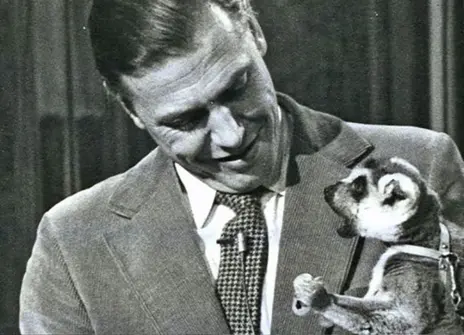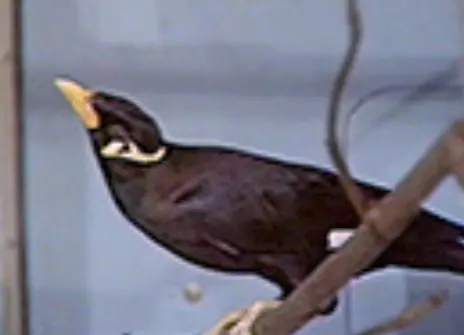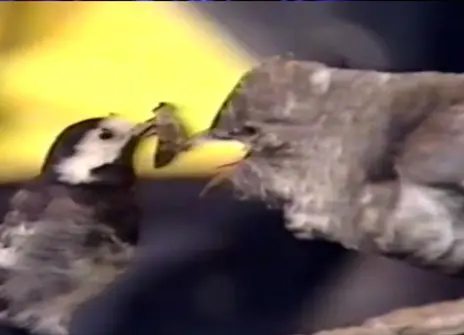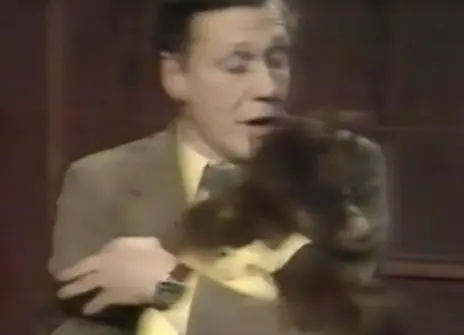Lecture 6 – Animal language, human language
In this Lecture, Sir David Attenborough explores the languages animals use to communicate.
Many animal languages are relatively simple. They consist of simple declarations of the animal’s immediate intentions, or straightforward statements of how it is feeling at that very moment.
Usually the language can only convey a limited number of messages. Yet in some cases, the information sent in the message is really quite complicated. For example, some animals can pass on to another, detailed instructions concerning the exact position of food. Some animals have developed means by which to increase the amount of information they can pass through their language, either by using a larger repitoire of messages or by conveying more detail in their existing messages.
About the 1973 CHRISTMAS LECTURES
Breaking the cardinal rule of broadcast television – ‘never work with animals or children’ – Sir David Attenborough demonstrates the varied means by which animals convey information to one another and reveals a collection of diverse and complicated behaviours.
From visual signals to distinctive scents, the series explores the vast repertoire of animal language as well as the diverse meaning of messages, whether it be attracting a mate or acting as a warning signal.
As David explains, getting the right message across often means the difference between life and death. Parents communicate with their young, infants signal when they’re in distress and specific colours can signal danger. Other animals have also devised clever deceptions, mimicking the warning signals of others without actually possessing a physical threat.
Language is shown to be a universal tool of the animal kingdom but, asks David, how can we learn what animals are saying to each other and how does their language compare to our own? The series concludes by exploring whether it is possible for us to communicate with animals and if we could ever hope to teach an animal to use a human language.
Help us find the missing CHRISTMAS LECTURES
The fourth lecture in the series, 'Simple Signs and Complicated Communications', is considered a missing a lecture, as there is no known copy of it.
If you do have a copy of the recording, we would love it if you got in touch with us at xmaslectures@ri.ac.uk to help us make all our CHRISTMAS LECTURES available for future generations.
